Goldfinger overview
Goldfinger (FHIA-01) which was bred by the Honduran Foundation for Agricultural Research (FHIA) is a non-Cavendish dessert banana variety that is highly resistant to Panama disease tropical race 4.
Variety evaluation work previously conducted at South Johnstone has shown the agronomic performance of Goldfinger rates relatively well when compared to Williams. Average bunch weight of plant crop was heavier for Goldfinger at 34.3 kg compared to Williams 30.5 kg. However, the variety had a longer cycling time at 14.4 months from planting to harvest, compared to 12.4 months for Williams. Although it is a reasonably productive variety, improvements are sought in fruit quality characteristics.
Mutagenesis was the technique used to induce change to Goldfinger tissue culture material with the aim of improving fruit quality characteristics, whilst maintaining high resistance to TR4.
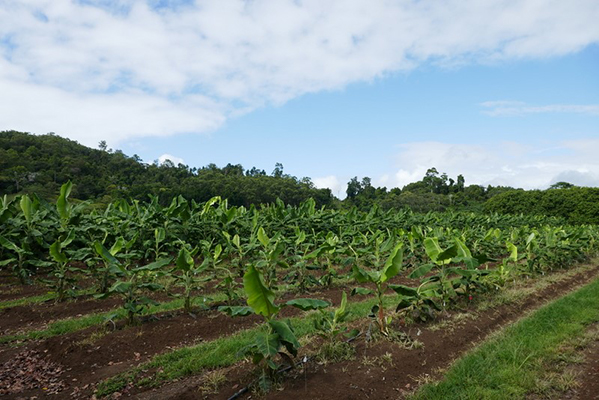
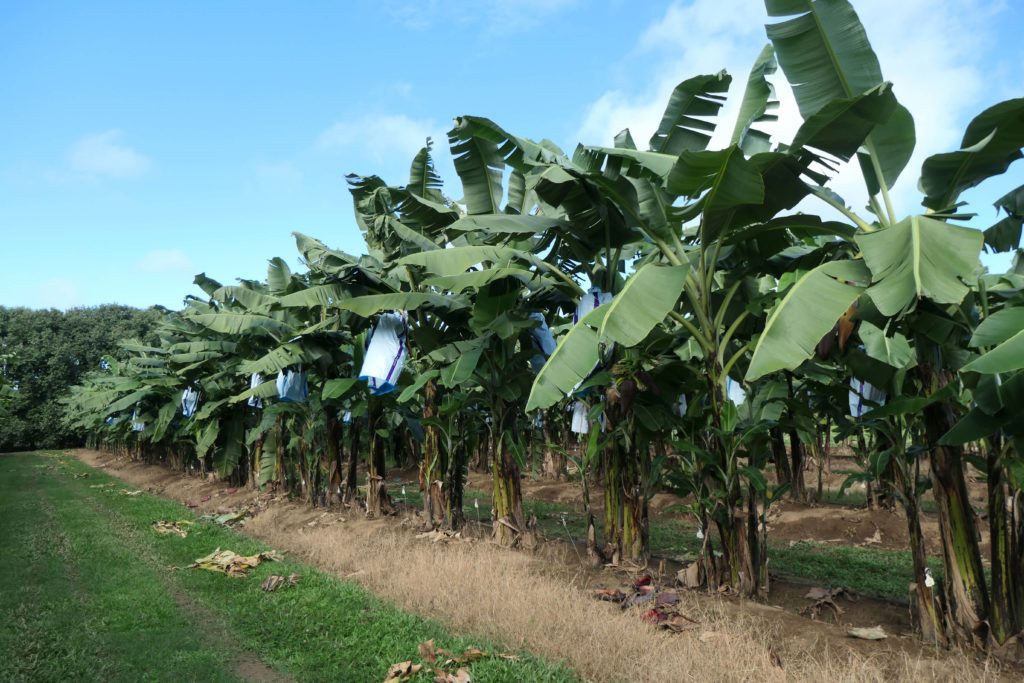
Mutagenesis
Mutagenesis, which is a breeding technique using gamma irradiation to promote changes in tissue cultured plants, has been applied to the cultivar Goldfinger. The aim is to develop an improved variety which retains its tolerance to the disease and has improved fruit quality characteristics.
The first step in this process was to determine how much gamma irradiation to use on this variety. Too much irradiation can severely damage or kill the plant, and too little may not induce sufficient changes to the plants.
Experiments, known as dose response trials, have been conducted at the Maroochy Research Station and the sufficient dosage for Goldfinger was determined.
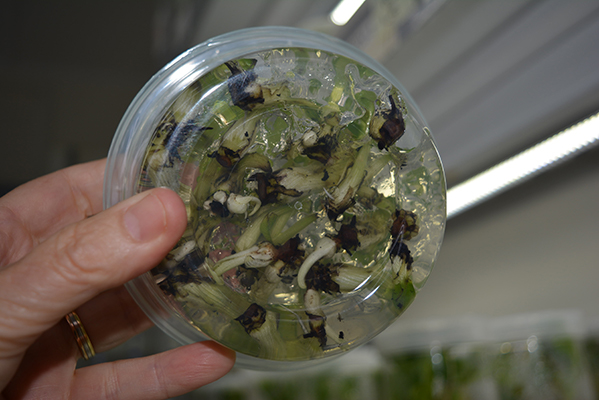
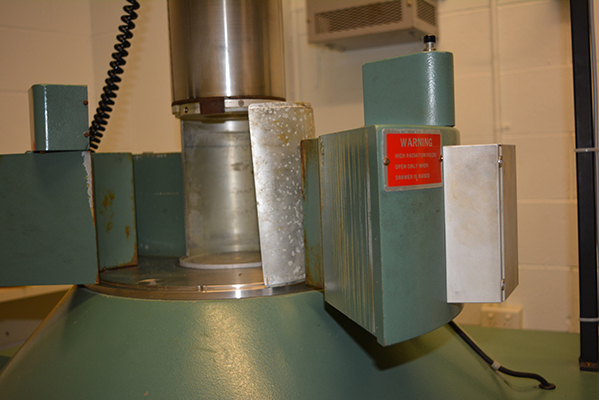
Screening progress
This project has made selections from the original 630 irradiated Goldfinger plants based on agronomic and post-harvest characteristics. Further taste-testing identified five variants to include in a large-scale consumer and sensory evaluation. Click on the menu below for more information on the screening process.
630 irradiated Goldfinger plants were sent to South Johnstone Research Station, in two batches during June and August 2017 where they were held in the glasshouse prior to planting. Click here for more information.
Following the selection of the top 20 variants from the original 631 plants, sucker and bit material from the original trial was planted in September and October 2019. Click here for more information.
Plants of the top 20 selections were nurse-suckered in December 2020 and the first bunches began emerging in June 2021. Agronomic data has been collected from all variants, but only fruit from the top five performers was sent down for consumer and sensory evaluation at DAF’s Coopers Plains facility in Brisbane. Variants 144, 211, 521, 544 and 903 were the top five tasting selections chosen to be further assessed in the larger consumer surveys. Click here for more information.
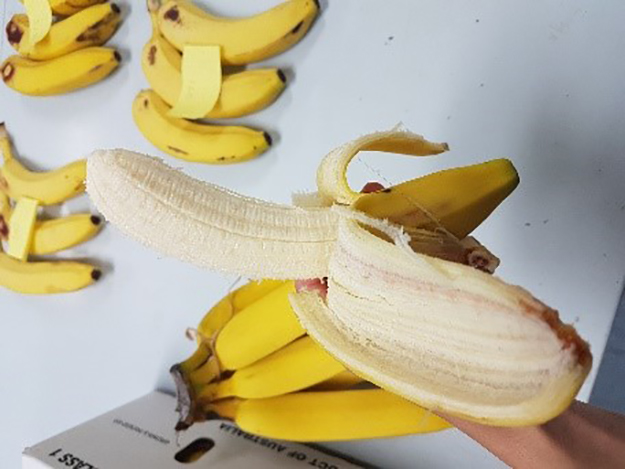
Goldfinger variety research features on ABC's Catalyst program
Check out ABC’s Catalyst story on banana production and the work that’s underway to find a new variety; a variety that can match our love for Cavendish while also having good pest and disease resistance. Paul West speaks with Cameron Mackay and banana researchers Jeff Daniells and Stewart Lindsay to find out more.
More information...
This Goldfinger work was initiated as part of the Fusarium Wilt Tropical Race 4 Research Program (BA14014). At the close of BA14014 funding has been provided through the project Improved Plant Protection for the Banana Industry (BA16001) for continuation of the evaluations. This project has been funded by Hort Innovation, co-investment from the Queensland Department of Agriculture and Fisheries, and contributions from the Australian Government. Hort Innovation is the grower-owned, not-for-profit research and development corporation for Australian horticulture.



